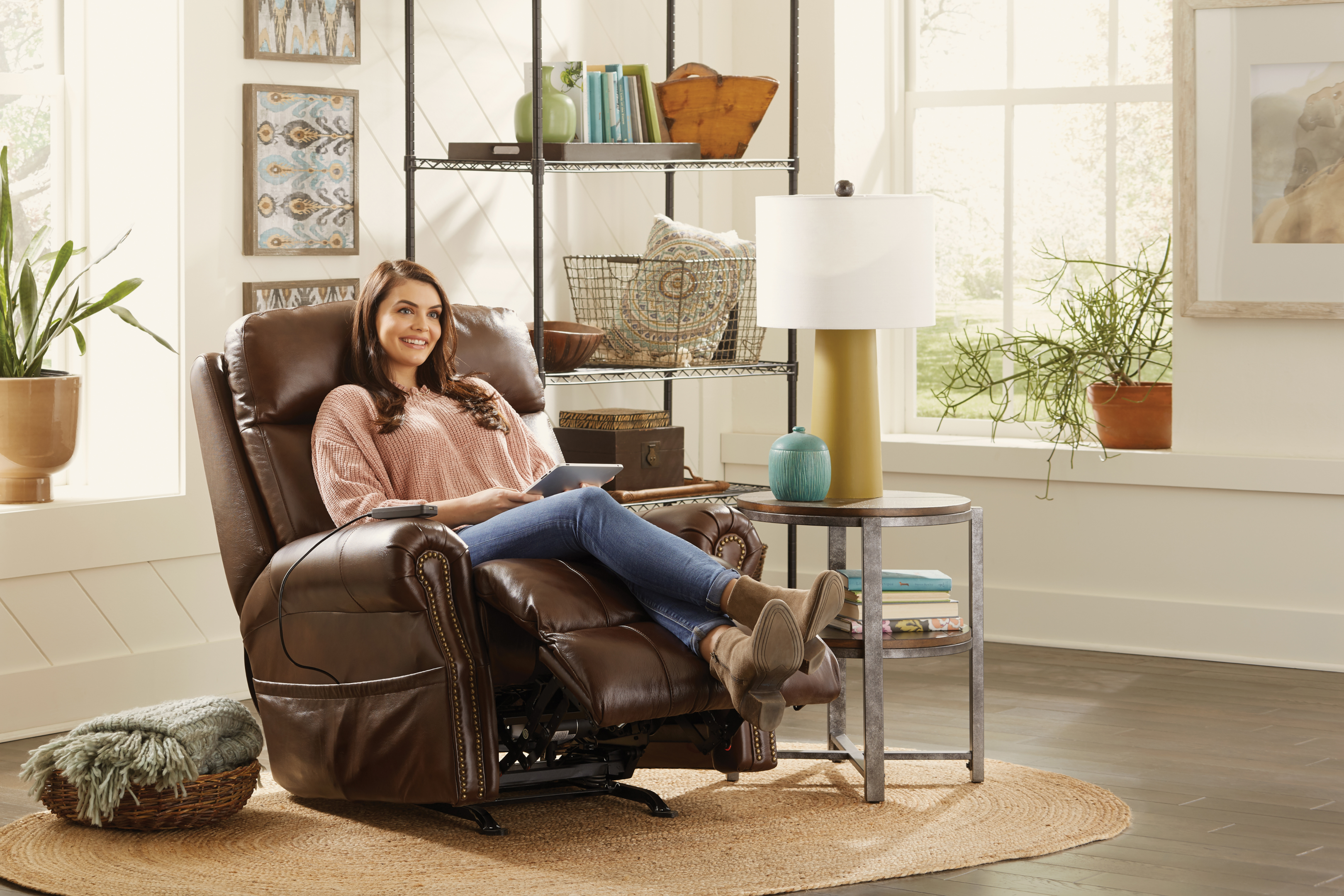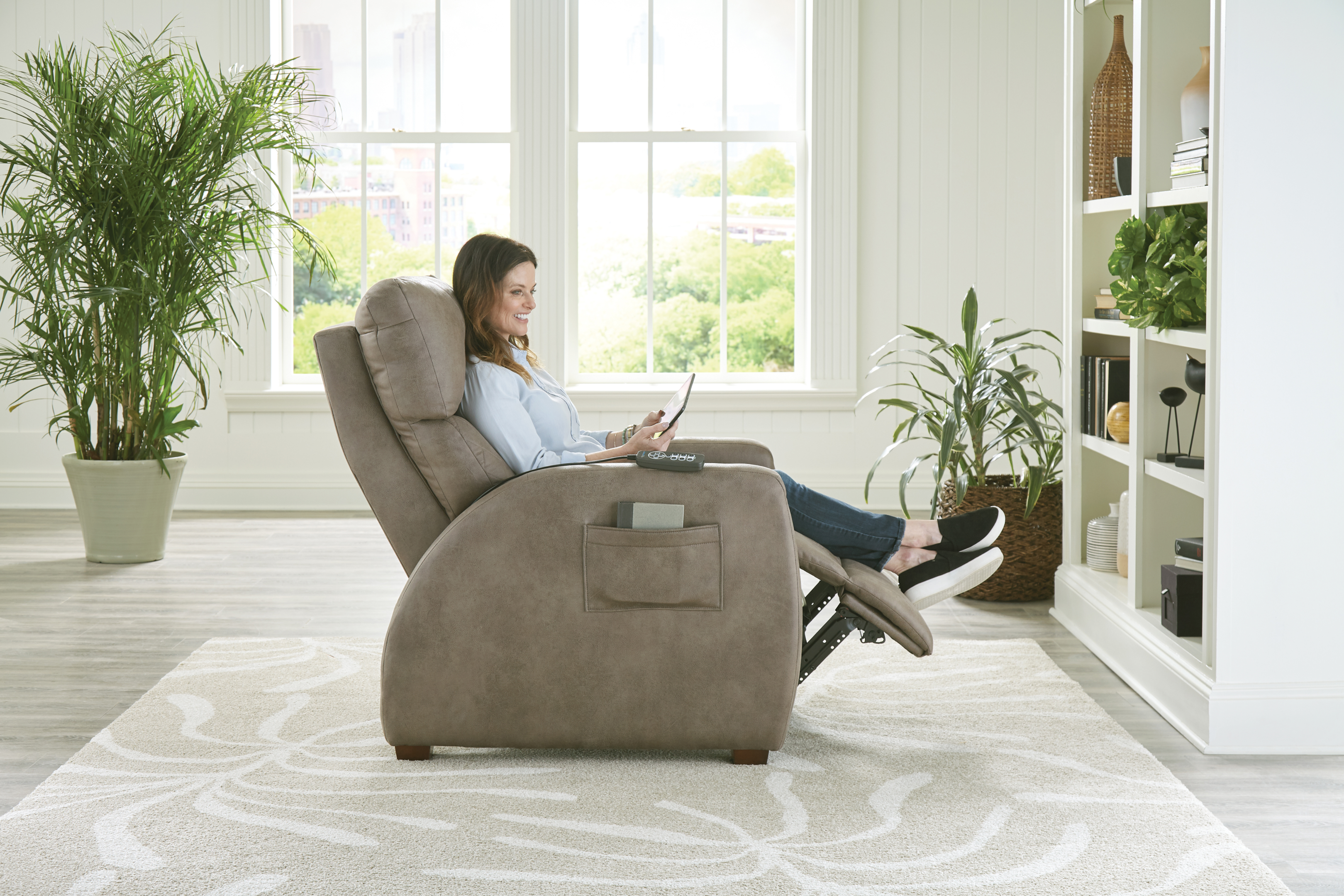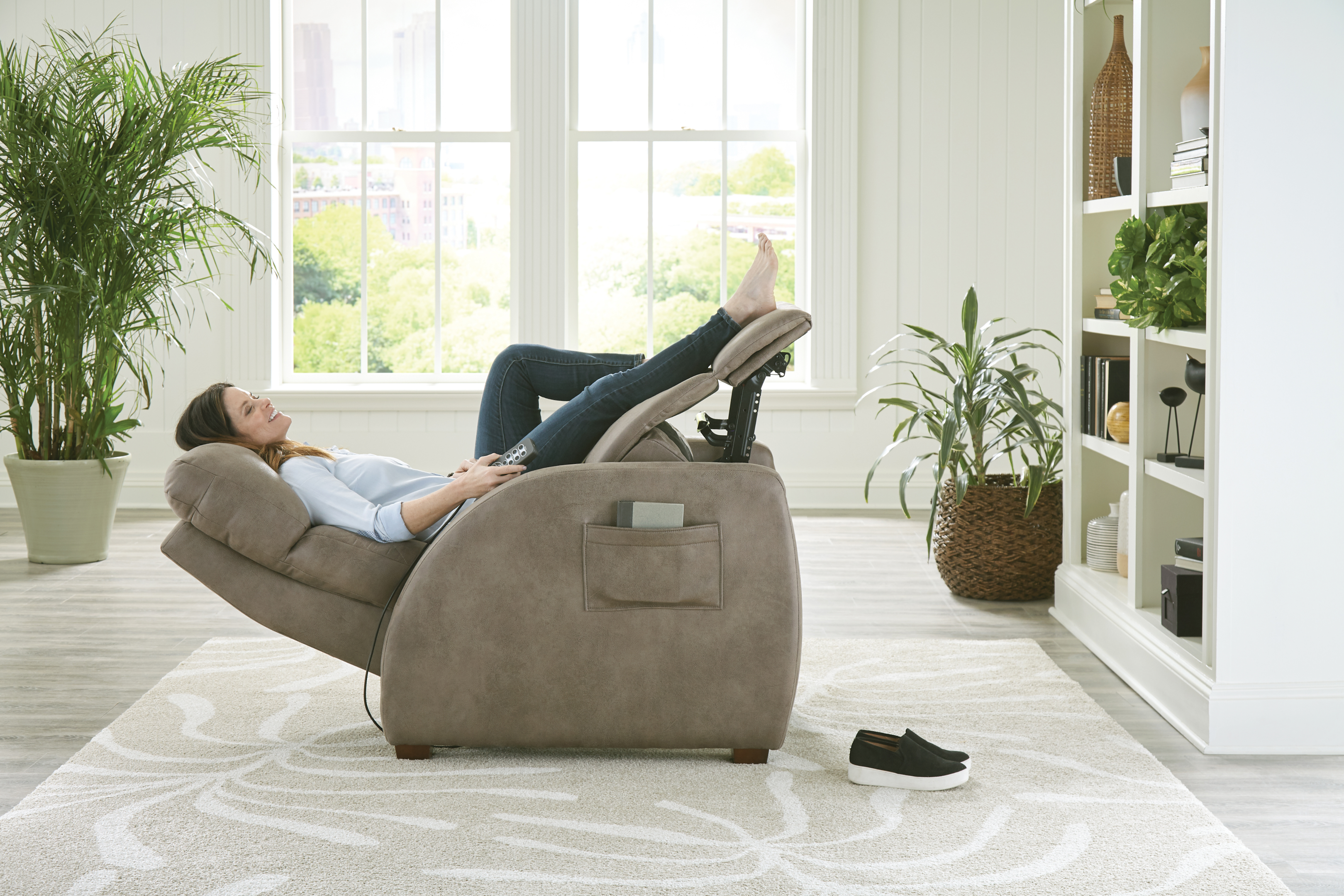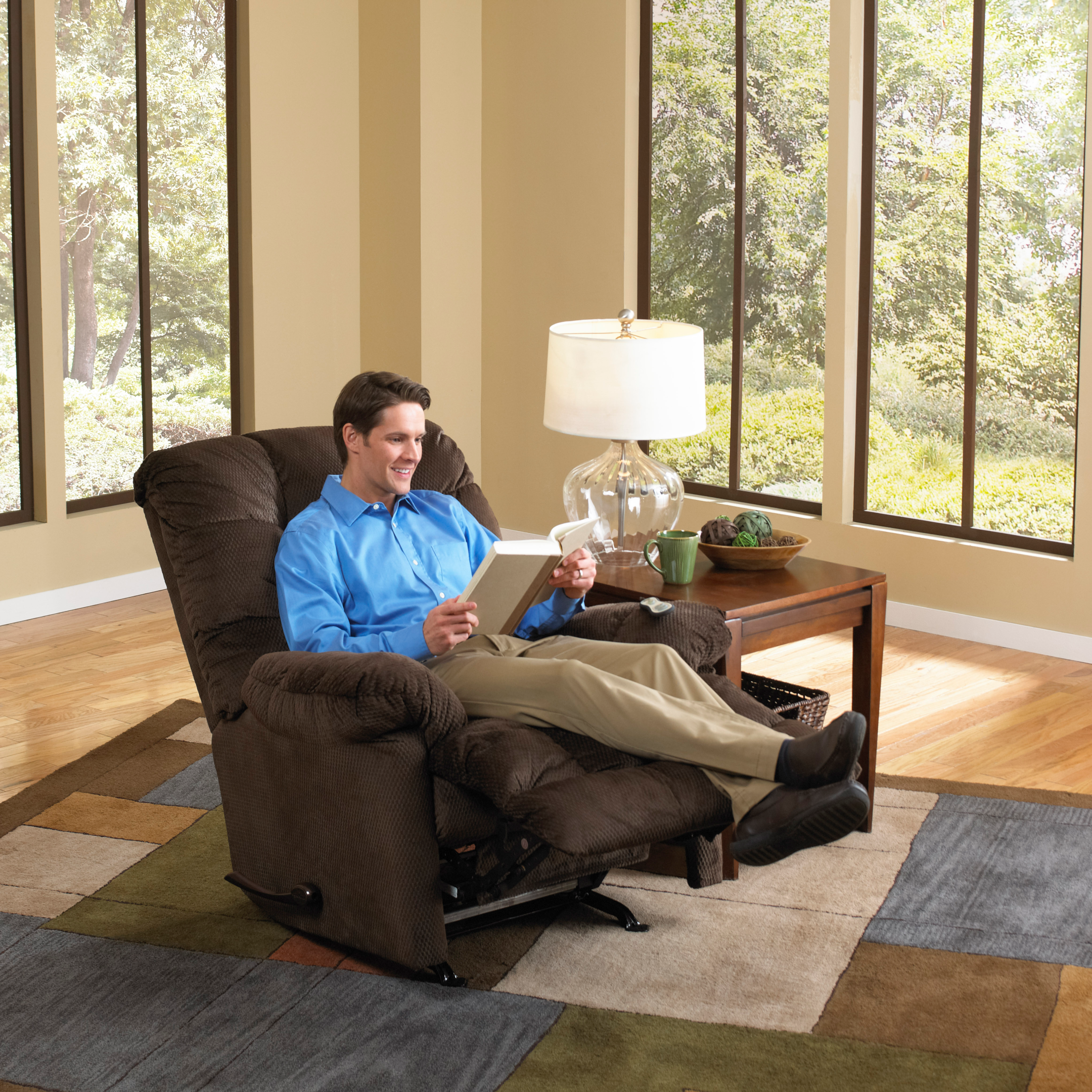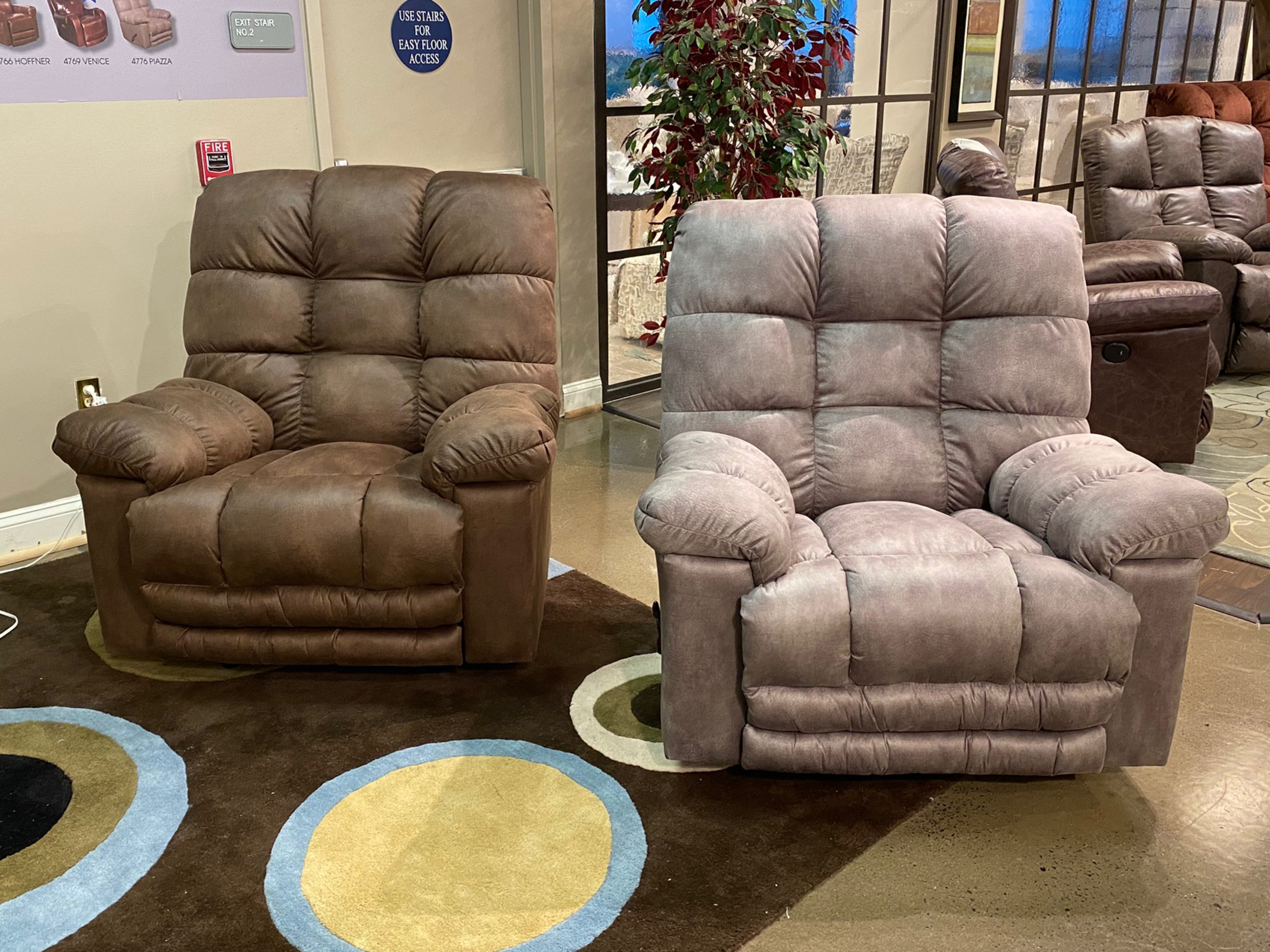Many people seek relaxation in the comfort of their homes, and one popular piece of furniture that promises to deliver just that is the recliner. Among the many best recliner brands available in the market, Catnapper has garnered a significant following with its promise of luxurious comfort and superior design. However, like any product, Catnapper recliners are not immune to issues and complaints.
Let’s explore the world of Catnapper recliners and the difficulties that have left some customers yearning for more relaxation and less frustration.
Problems with Catnapper Recliners
Image Source: catnapper.com
1. Comfort and Durability Issues
- Lack of sufficient padding and support: Some customers have reported that Catnapper recliners lack adequate padding and support, leading to discomfort and fatigue when sitting or reclining for extended periods.
- Sagging and uneven cushioning over time: Catnapper recliners may develop sagging or uneven cushioning, resulting in an uncomfortable sitting or reclining experience.
- Limited reclining positions and adjustments: Catnapper recliners may have limited positions, restricting the user’s ability to find a comfortable reclining position for relaxation.
- Weak and unreliable reclining mechanisms: Customers have reported issues with the reclining mechanisms of Catnapper recliners, including difficulty in smoothly transitioning between different positions or the footrest not staying in place.
2. Material and Upholstery Problems
- Poor quality fabrics and stitching: Some Catnapper recliners may feature fabrics of subpar quality, leading to issues such as pilling, fraying, or fading.
- Susceptibility to tears, rips, and fraying: The material used in Catnapper recliners may be prone to tears, rips, and fraying, particularly in areas of high stress, such as the seat or armrests.
- Difficulty in cleaning and maintenance: Certain fabrics may be challenging to clean, requiring specialized cleaning products or professional services. This can be inconvenient and cause additional expenses for the owner.
- Limited color and design options: Some customers have expressed dissatisfaction with the limited color and design options Catnapper recliners offer. This can restrict the ability to match the recliner with existing décor or personal preferences.
3. Assembly and Installation Challenges
- Complex and time-consuming assembly process: Catnapper recliners may have a complicated assembly process, requiring the owner to spend significant time and effort putting the pieces together.
- Insufficient or confusing instructions: Insufficient information or confusing diagrams can make it challenging to correctly assemble the recliners, leading to frustration and potential mistakes.
- Missing or damaged parts upon delivery: Occasionally, customers have received Catnapper recliners with missing or damaged parts.
4. Customer Service and Warranty Concerns
- Inadequate or unresponsive customer support: Difficulties in reaching a representative, long response times, or unhelpful assistance can leave owners feeling frustrated and unsupported.
- Limited warranty coverage for defects and repairs: Catnapper recliners may have a limited lifetime warranty covering specific defects or repairs. However, some customers have reported dissatisfaction with the warranty coverage, finding it inadequate for addressing the issues they encounter with the recliners.
- Difficulty obtaining replacement parts or repairs: Customers have experienced challenges obtaining the necessary components or scheduling repairs in cases where repairs or replacement parts are needed for Catnapper recliners.
5. Safety and Ergonomic Issues
- Unstable or wobbly structure: Instances of wobbling or an unstable structure have been reported, compromising the safety and reclining comfort of the user.
- Potential risk of tipping over: Due to stability issues, there have been reports of Catnapper recliners tipping over, mainly when the user leans too far in a specific direction.
- Lack of proper head and neck support: Catnapper recliners may lack adequate head and neck support, resulting in discomfort and potential strain on these areas when sitting or reclining for extended periods.
- Insufficient lumbar support: Some customers have mentioned the Catnapper recliners lack proper lumbar support, leading to discomfort or back pain during use.
6. Cost and Value Considerations
- High price compared to the product quality: Some customers have expressed disappointment with the value they perceive from Catnapper recliners.
- Limited long-term durability and lifespan: Reports of durability issues with Catnapper recliners, such as sagging cushions, unreliable mechanisms, and fabric deterioration, suggest a limited lifespan for the product.
- Alternative recliner brands and models offering better value: Customers dissatisfied with Catnapper recliners have mentioned alternative brands and models that offer better value for their money, including recliners with superior comfort, durability, and customer support.
Catnapper Furniture Complaints
Image Source: catnapper.com
Catnapper Furniture is a well-known brand that offers a wide range of recliners and other furniture items. However, Catnapper has received its fair share of customer complaints, like any company.
Online Catnapper Furniture Reviews and Rating
Numerous online reviews highlight complaints about Catnapper furniture. These reviews are found on websites like Amazon, Wayfair, and other online retailers, as well as independent review platforms like ConsumerAffairs and Trustpilot.
Customers have reported various issues with Catnapper furniture, including but not limited to the following:
- Poor quality materials
- Uncomfortable seating
- Durability problems
- Assembly difficulties
- Poor customer service
Consumer advocacy organizations like Consumer Reports and the Better Business Bureau (BBB) track complaints made against companies. Catnapper has received a notable number of consumer complaints lodged through these channels.
Possible Causes of Problems in Catnapper Recliners
Image Source: catnapper.com
- Manufacturing processes: Bad craftsmanship and defective materials in the manufacturing of Catnapper recliners and furniture create multiple problems.
- Quality control issues: Lapses in quality control measures during manufacturing can result in defects or inconsistencies in the final products.
- Lack of attention to customer feedback: The company’s failure to handle customer feedback adequately might create ongoing problems for the business.
- Material selection: The choice of materials used to construct a Catnapper sofa can also contribute to problems. If low-quality or unsuitable materials are used, it can lead to premature wear and tear, discomfort, or even structural issues.
- Design flaws: Suppose the design of the recliners or furniture does not consider factors such as ergonomics, weight distribution, or proper support. In that case, it can result in discomfort or even health issues for the users.
- Supplier issues: The required standards of materials and components purchased by Catnapper from external suppliers can become compromised if suppliers fail to meet their specifications.
Steps Taken by Catnapper to Address Complaints
Image Source: catnapper.com
Catnapper, a furniture store known for its recliners, has taken several steps to address customer complaints. These steps demonstrate their commitment to resolving issues and improving customer satisfaction. Here are some of the actions Catnapper has taken:
1. Improved Customer Service
The company understood the essential role responsive and efficient customer service plays in its operations. Its team-based approach to customer support enhancement involves raising staff numbers, conducting more training sessions, and utilizing new complaint management systems.
2. Product Recalls, and Repairs
When Catnapper analyzes recliner models or batches and discovers problems, it performs company-issued product recalls to preserve customer safety and satisfaction. Products affected by these recalls have free repair or replacement procedures.
3. Quality Control Enhancements
The company has undertaken multiple steps to enhance its quality control systems and overcome product defects and durability weaknesses. It uses enhanced inspection steps across various production points to detect and fix possible product problems before customer delivery.
4. Improved Product Design and Materials
Catnapper responded to customer comfort complaints concerning padding and cushioning qualities. Based on customer feedback, the company modified product designs and switched particular materials, which improved the comfort and durability of its recliners. The company uses high-grade materials and reinforces key components while adding ergonomic features to improve support and treat back pain among users.
5. Transparency and Communication
The company now provides detailed explanations about product materials together with construction details and warranty terms to be transparent. Catnapper creates realistic consumer expectations and reduces doubts by presenting product details in full clarity.
6. Customer Feedback Integration
Customers regularly receive invitations from Catnapper to share their thoughts about products and services. The company provides multiple communication paths for customers to express their experiences, complaints, and suggestions. The team at Catnapper evaluates client feedback to reveal common problems and places that need improvement.
Frequently Asked Questions on Catnapper Recliners
Image Source: catnapper.com
1. Are Catnapper recliners any good?
The quality of Catnapper recliners can vary depending on the specific model and individual experiences. While some customers have reported satisfaction with their Catnapper recliners, others have encountered issues with durability, comfort, and customer service. It is recommended to thoroughly research and read customer reviews before purchasing.
2. Who manufactures Catnapper?
Catnapper is a brand of furniture manufactured by Jackson Furniture Industries. Jackson Furniture has operated since 1933 and is based in Cleveland, Tennessee, USA. They are known for producing various upholstered furniture, including recliners, sofas, and sectionals.
3. Is Catnapper made in the USA?
Yes, Catnapper recliners and other furniture products are made in the USA. Jackson Furniture takes pride in manufacturing its furniture domestically, using American materials and labor.
4. How do you clean a Catnapper recliner?
The specific cleaning instructions for a Catnapper recliner may vary depending on the fabric or material used. Generally, regular maintenance involves gentle vacuuming or brushing to remove loose dirt and dust. It is recommended to clean spills or stains immediately using a mild detergent or upholstery cleaner.
5. What is the weight limit for a Catnapper recliner?
The weight limit for a Catnapper recliner can vary depending on the model and design. Generally, Catnapper recliners are designed to accommodate various body types and sizes. Still, it’s essential to consider individual weight limits to ensure the recliner’s safety and longevity.


